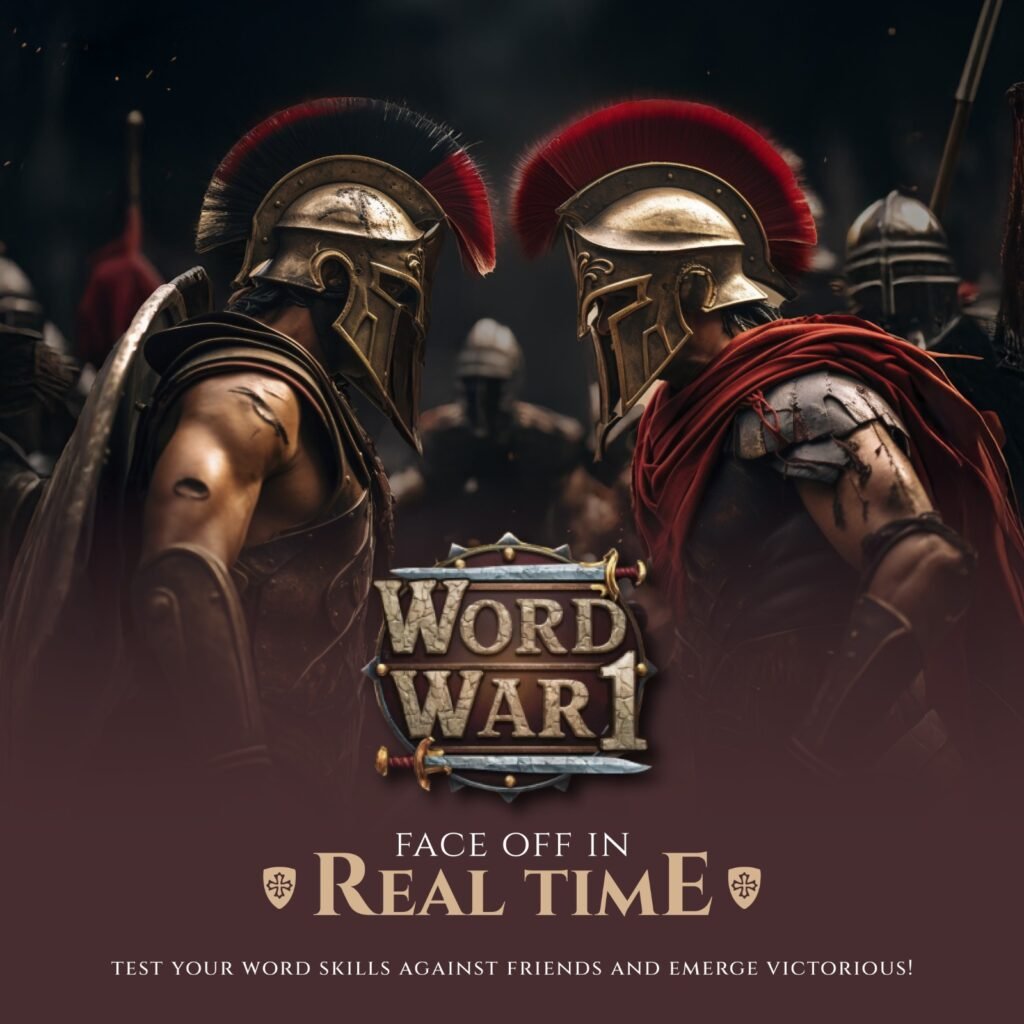Word search games have become a staple in puzzle books, classrooms, and digital apps worldwide. Their simplicity and universal appeal have made them a favorite pastime for people of all ages. But where did this addictive and educational game originate? In this blog, we’ll delve into the history of the first-ever word search game, the ideology behind its creation, and why it was made.
The first published word search puzzle made its debut on March 1, 1968, in the Norman Transcript, a local newspaper in Norman, Oklahoma. The creator, Norman E. Gibat, was a publisher and puzzle enthusiast who sought to offer readers something fresh and engaging. The puzzle was titled “Selenby Digest”—a name as mysterious as the puzzle itself.
Unlike traditional crosswords or logic puzzles, word search games presented something uniquely accessible. Gibat designed it as a grid filled with seemingly random letters, where players could hunt for specific words hidden horizontally, vertically, or diagonally. The first-ever word search featured educational vocabulary and was a hit almost immediately.
Ideology behind the Invention of Word Search Games
Norman E. Gibat’s creation was rooted in simplicity and inclusivity. Unlike many other puzzles of the time, the word search did not require advanced reasoning skills or an extensive vocabulary. It was designed to be an egalitarian puzzle, ensuring anyone—regardless of age or educational background—could enjoy it.
The ideology of the word search game was also educational. It allowed individuals, especially children, to expand their word recognition skills and improve concentration without feeling overwhelmed by rules or complexity.
The Evolution of Word Search Puzzles
After its initial success in the Norman Transcript, the popularity of the word search puzzle skyrocketed. Teachers began using it in classrooms, and other newspapers started adopting the format. By the 1980s, word search puzzles had become a global phenomenon, appearing in books, magazines, and eventually, digital platforms.
Today, word search puzzles are available in countless themes and difficulty levels. Modern variations incorporate creative elements, such as hidden messages or shapes, while maintaining the timeless appeal of Norman E. Gibat’s original design.
As we continue to enjoy word search puzzles today—whether in print or on our smartphones—we owe a nod of gratitude to this small but impactful moment in puzzle history. It’s a testament to how even the simplest ideas can leave a lasting impression on the world.
A Lasting Legacy
Today, this timeless game continues to evolve in exciting ways. A prime example is Word War, a modern

twist on the classic word search that combines the thrill of competition with the immersive atmosphere of medieval warfare. Word War transforms the traditional puzzle into a fast-paced, time-based challenge where players compete to find the most words and earn the highest score before the clock runs out. With its multiplayer options and unique superpowers, the game delivers an electrifying experience for both casual players and puzzle enthusiasts alike.
The legacy of word search lives on, offering entertainment and enrichment to generations old and new.



